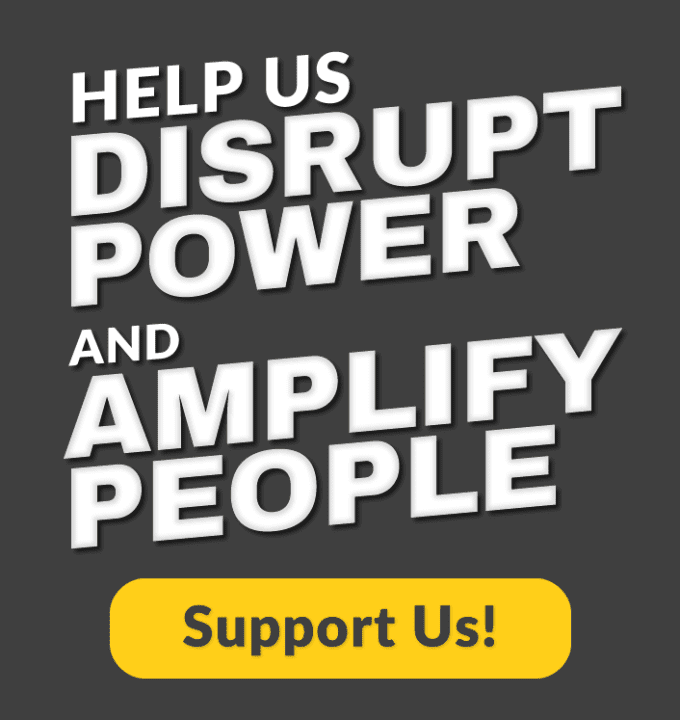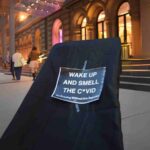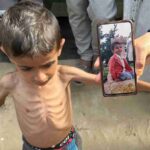This isn’t about failure.
It’s about design.
The institutions built to “protect” children have never protected all children. They’ve protected order. They’ve protected structure. They’ve protected the image of safety — not the reality of it.
And those of us who grew up inside the lie? We learned early that the moment your truth becomes inconvenient, you’re not just abandoned. You’re actively erased.
It was never about not knowing
They knew. They always knew.
And not just the perpetrators. The teachers knew. The officers knew. The social workers, the heads of department, the child protection units — they all saw what we were up against. And they chose to look the other way.
Because to acknowledge what was happening would have meant admitting the system wasn’t safe. And safety has always been more about optics than outcomes.
So they denied it. Not because it wasn’t real — but because it was easier not to look.
Silence was never passive. It was strategic.
Institutional silence isn’t a byproduct. It’s a plan.
It’s the way reports are minimised.
The way disclosures are rerouted.
The way inconvenient survivors are discredited.
The way internal policies are written to close ranks, not open doors.
It’s why high-profile scandals only come out when someone leaks a file, not when a child speaks. It’s why abuse cases are “historical” by the time they’re taken seriously — because time protects power.
And the silence isn’t just situational. It’s generational. It gets passed down. Normalised. Professionalised.
Safeguarding is PR
Ask any survivor what happened after they disclosed and they’ll tell you: safeguarding wasn’t about safety. It was about containment.
Disclosures trigger meetings, not action. Files, not protection. Strategy, not safeguarding.
The institution’s primary concern? Risk — but not to the child. To their image. To their funding. To their reputation.
This is how abuse becomes admin. How trauma becomes paperwork. How children become liabilities instead of lives.
The outcome? The child gets moved. The perpetrator stays. The service “responds.” And the cycle quietly resets.
Risk assessments that assess everything except risk
A child is placed with a known offender. A family member raises the alarm. A referral is made.
What happens?
A strategy meeting is held. Risk is assessed. But not by survivors. Not by independent advocates. By those already invested in keeping the institution running smoothly.
And more often than not? The outcome is a managed compromise.
Not protection.
Not removal.
Not accountability.
The system isn’t designed to stop harm. It’s designed to limit exposure — of itself.
Credibility is a construct
We’re judged on our tone. Our memory. Our presentation.
Did we cry too much? Not enough?
Did we pause before answering? Did we shout? Did we make someone uncomfortable?
This is how credibility is measured — not by what happened, but by how cleanly we survive it.
Survivors from care backgrounds, working-class communities, neurodivergent kids, kids with trauma histories — we are repeatedly positioned as unreliable.
Not because we are. But because we don’t fit the system’s template for the “perfect victim.” And so we are filtered out, one by one.
The blueprint never changed
You can look at every decade and the pattern holds:
He grooms.
She speaks.
They silence.
He walks.
She breaks.
And the public moves on.
The only thing that’s changed is the medium. Now it’s Snapchat. Discord. Instagram.
But the method remains the same — and so does the outcome.
Media complicity: headlines over humanity
Even when these stories do make it out, the framing tells you everything:
“She claimed…”
“She alleges…”
“The accused, a respected man in the community…”
Media outlets have long participated in the erasure. Playing neutrality while platforming doubt.
Survivors are reported on like suspects.
Perpetrators are “family men” and “pillar figures” who’ve had “lives ruined by accusations.”
The press might not be in the safeguarding meetings, but they’re in the room when public perception is shaped.
And that shapes justice.
Protection is political
When the state fails to prosecute, when courts hand custody to abusers, when police don’t act despite evidence — that isn’t a resource issue.
It’s a political decision.
Protection in this country is tiered.
Who you are. Where you’re from. What your voice sounds like. What they think you’ll become.
That determines the weight of your safety.
Some children are protected as future leaders.
Others are managed as current liabilities.
This is how institutional protection operates — on class lines, on cultural expectations, on reputational risk.
The custody case that should’ve broken the system
At the Grooming Files, one survivor shared her story.
Groomed at 13. Controlled for 17 years. She escaped. She spoke out. She built a new life. She raised concerns when her teenage daughter was left in his care.
The result?
He was granted full custody.
No pause. No review. No safeguarding check.
A survivor who lived through grooming was disempowered again — this time, by a court of law.
And this isn’t rare.
It’s not rogue.
It’s the system functioning.
Historical abuse is still present tense
We hear a lot about “historic abuse.”
But for survivors, it’s not historic. It’s ongoing.
It’s the ripple effect that never settles.
It’s the custody case ten years later.
It’s the social worker who still works in your area.
It’s the school that never acknowledged what happened.
It’s the police report you never saw.
The trauma is present.
The silence is present.
The consequences are daily.
Inquiry fatigue: when truth becomes trend
We’ve had inquiries.
We’ve had exposés.
We’ve had reports with executive summaries and policy suggestions.
And what changed?
Some new safeguarding language.
Some job reshuffles.
A few headlines.
And then silence, again.
We don’t need more apologies from people who still have power.
We need a system that doesn’t require public outrage before it acts.
This isn’t just a safeguarding crisis. It’s a national shame.
The UK has spent decades perfecting the art of appearing responsive while remaining inactive.
We have safeguarding boards and frameworks.
We have posters and slogans.
We have hashtags.
But what we don’t have is accountability.
Predators still operate within schools, homes, clubs, and churches — protected by respectability, by bureaucracy, by fear.
Children still go unheard.
Survivors still carry the cost.
And the cycle still repeats.
We’re not waiting for you anymore
We’ve watched this system protect itself for long enough.
We’ve watched survivors penalised for speaking while perpetrators are protected through process.
We’ve watched organisations posture while families crumble.
We’ve watched truths watered down until they’re palatable enough to ignore.
We’ve had enough.
We’re not asking for your justice.
We’re not begging for your belief.
We’re not playing by your rules.
We are naming you.
We are tracking you.
We are refusing your silence.
This is not an awareness campaign.
It’s a dismantling.
Featured image via the Canary




















